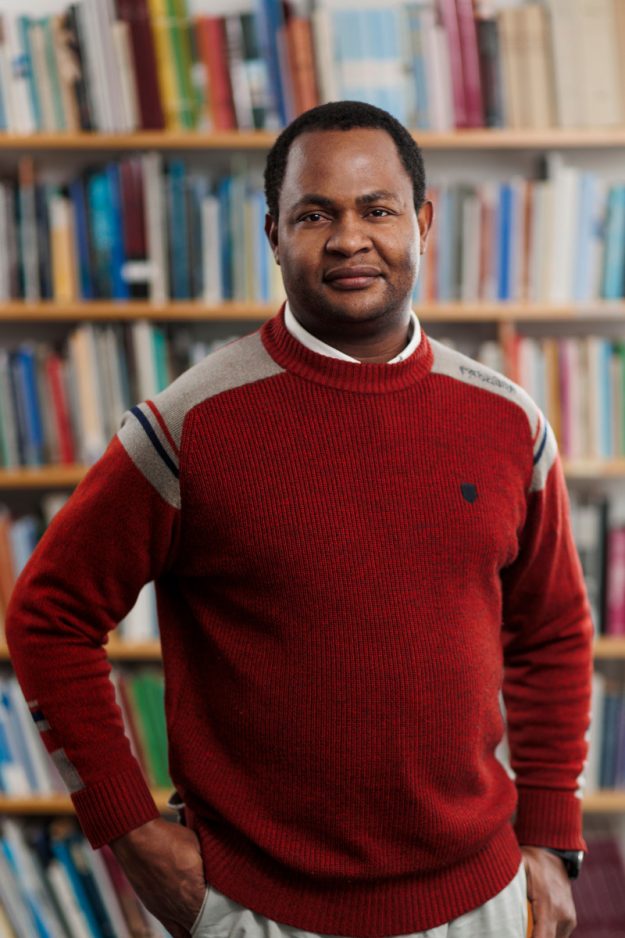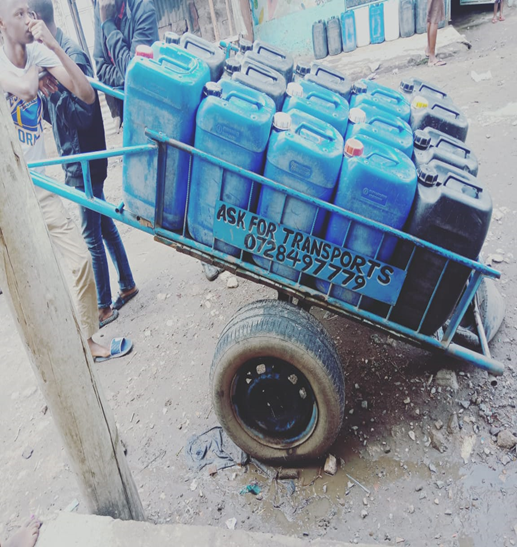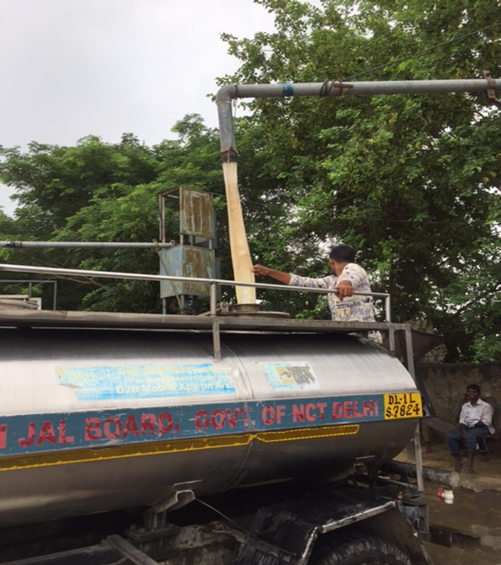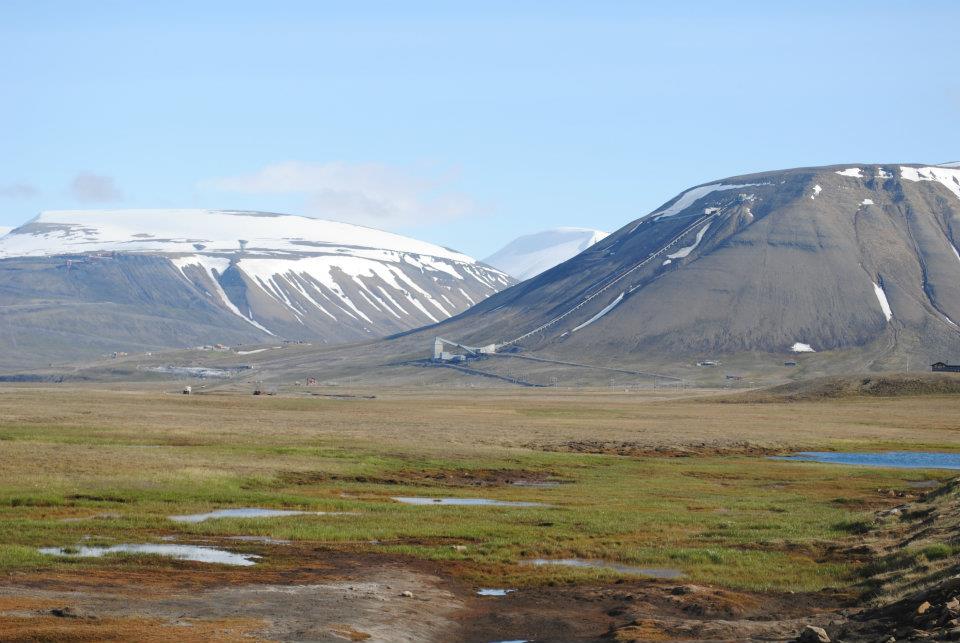By Sabine Höhler, Professor and Head of Division
I am spending a long weekend with my parents in the Lower Rhine region, not far from the Ruhr area. It is the end of August in Germany and, like much of Europe, the country is suffering from persistent heat and drought. It’s that “summer of the century” again. Record low water levels are being reported from the Rhine near Duisburg, the city where I was born. The media speak of a “historic low”. The Rhine and other rivers in Germany have exposed their Hunger Stones. These stones in the riverbed mark exceptional periods of drought over the last centuries. They remind of the people’s suffering during these times, and their reappearance should alert the following generations to the dependence of humans on their environment and make them aware of the abundance and the deprivations that nature holds in store.
The last historic low on the Lower Rhine near Duisburg was just four years ago, in 2018. How can and how do we want to deal with the fact that natural events that we have long considered extraordinary are occurring at ever shorter intervals? In 2002, the people bordering the river Elbe experienced the “flood of the century”. Only last year, in 2021, a “century flood” hit the Ahr Valley. When such “century events” occur at intervals of decades, the extraordinary becomes commonplace. The residents of the flooded villages in North Rhine-Westphalia and Rhineland-Palatinate worry now that they have fallen into public oblivion after the first large wave of donations. Even a catastrophe, it seems, can be gotten used to.

The concept of the “Shifting Baseline Syndrome” refers to this habituation effect. A “shifting baseline” can be translated to a changing reference. Our ideas of the ordinary or normal change over time because our references change. The two-year Covid-19 pandemic has made us practice some new behaviors, such as wearing face masks and keeping our distance, which now seem normal to us. The ongoing war in Ukraine has brought with it the fear of a creeping acceptance or even numbing of the European population. The war situation becomes normal. Likewise, in times of global climate change, we experience environmental changes as normal that previous generations experienced as extraordinary, extreme or catastrophic.
The originator of the Shifting Baseline Syndrome, Canadian fisheries expert Daniel Pauly, had such long-term environmental changes in mind when, in the 1990s, he described his observation that each new generation of fishermen along the North American coast was hauling in smaller and smaller catches over the course of a century. Instead of questioning it, they accepted their situation. The overfishing of the oceans rose to new dimensions obvious, but the fishermen’s concern did not. Taken together, Pauly’s observations were symptomatic of one finding: those most affected by an environmental condition were most accommodating.
Pauly used the medical term “syndrome” to describe his diagnosis that people are able to normalize extreme situations relatively quickly. What we consider ordinary or normal is not naturally given but derived from the lived context. Normality needs a frame of reference. Every generation experiences the situation into which it is born as normal. Poverty and war can seem as normal as can peace and prosperity. A life expectancy of roughly 40 years was just as normal in Germany around 1880 as roughly 80 years are today.
The “baseline” designates the respective reference. We measure and evaluate our situation in spatial and temporal comparison. We compare our economic power not with the countries of the Global South but with our European neighbors. Our temporal baseline is our lifetime or generational time, which is commonly measured in 30-year periods. Our reference is usually our own childhood. The baseline of my generation is the 1960s, 70s and 80s. “Everything was better back then” means that the 1970s were best. And vice versa: despite all its problems, every generation wants to believe that it lives in the best of all possible worlds.
In addition to lived normality, statistical normality is an expression of our baselines shifting over time. The average, the mean, is calculated from data collected over specific periods of time. Here, too, the reference values are constantly being newly agreed upon. The “summer of the century” is a statistical entity. It states that, on average, one summer in every hundred will be extremely hot and dry. When we speak of the “warmest summer on record”, we mean records that make it possible to form mean values in a meaningful way. Those systematic weather records have been around for 150 years since the late 19th century. When we speak of the “two-degree target”, we mean limiting global warming, i.e., the global average temperature increase, to 2 degrees Celsius “since industrialization”. A period of about 250 years serves as our baseline. Likewise, the zero point of gauge is not the lowest point in the Rhine’s riverbed, but the geographical location at which the water level gauge is placed. Gauge zero is a convention.
Whether measured values or data reconstructed from ice cores and sediments, climate research has a wealth of reliable information to share that goes far beyond the time we have ourselves experienced. Yet again, what appears as statistically normal or deviant depends on the time period we refer to. If we were to extend the time span to include the entire history of the earth with its many warm and cold periods, our present climatic changes would be practically negligible. However, if we compare ourselves with the current stable warm period of the last 12,000 years, the Holocene, the climate change of the last 200 years becomes highly significant. What we perceive, and what we perceive as normal, depends on the baseline, the “climatological reference period”. Like the generational span, the climatological reference period encompasses 30 years. Average temperatures are formed over periods of 30 years. This reference period determines our “normal climate”. Until recently, our normal climate was derived from the period 1961 to 1990. In 2021, the reference period was updated to the new period 1991 to 2020.
It makes sense to update the statistical reference periods, just as it makes sense to use generational time as a moving temporal frame of reference. The new statistical reference period is more up-to-date and closer to the climate experienced by the living population. However, the mean temperature of the new reference period is more than 1 degree higher than the mean temperature of the previous reference period. Very warm years are statistically no longer noticeable, because all years in this new period were relatively too warm. Shifting baselines are important not only in social psychology but also in statistics. When the frame of reference for statistical observation changes, deviations can become invisible – they are statistically normalized.
On the one hand, acclimatization may be our best coping strategy to deal with climate change. It seems as if humans cannot experience situations as permanently extreme, nor can they remain on constant alert. Normalizing a situation by shifting the reference points is an individual and collective adaptation strategy. As a society, we delegate dealing with extremes to our institutions. We institutionalize preparedness for crises and disasters. “Climate adaptation” is one such collective strategy that envisages new social and technical solutions to normalize climate change.
On the other hand, we will have to cope with the fact that long-term and especially slow changes can neither be experienced nor easily recorded statistically. They fall out of our lived time, and as series of data they often remain abstract. They also fall outside of the short cycles of media and politics. Daily press and daily politics make the baseline the day, the month, the year, possibly the legislative period. Political and medial memories are short. Pauly perceived the habituation effect of the Shifting Baseline Syndrome as a problem because habituation makes it difficult to mobilize for political opinion-forming and political change. After all, the normal is not necessarily the desirable, at least not always and for everyone.
Stories and events are needed to raise awareness about slow changes such as climate change. Stories can renew memories beyond our own generation. Historical dimensions can become concrete to us like the Hunger Stones in the river Rhine, which allow unique insights into the lives of past centuries. And isn’t the bread and butter of our profession of historiography to narrate, analyze and comment on changes over long periods of time? Besides recollecting the past, future narratives and science fiction stories can project current questions and problems into the future to make them concrete for us. This was Rachel Carson’s plot device in her book Silent Spring. Finally, it will also be important to communicate long-term statistical trends. The World Meteorological Organization WMO recommended keeping the reference period 1961 to 1990 to assess long-term climate developments. For us not to acclimatize to new social, political and environmental climates too quickly, we need meaningful baselines.
Listen also to the RBB RadioEins-interview with Sabine (in German)!
 Doctoral student: Domingos Langa
Doctoral student: Domingos Langa







